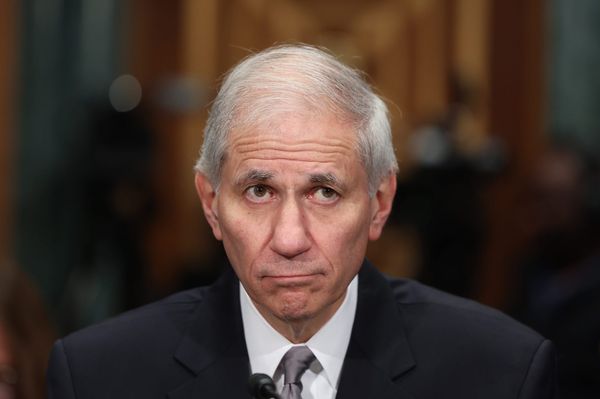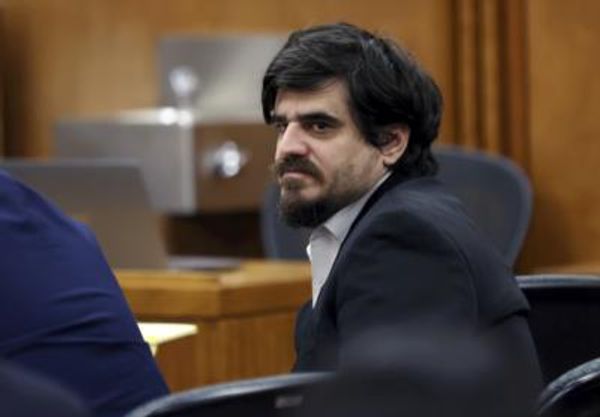
Perth, Australia’s most isolated city, has locked out the rest of the country and the rest of the world for the better part of two years. With the harshest travel restrictions in the country, Western Australia has repeatedly shut its borders, leaving family and friends stranded apart.
As Premier Mark McGowan said when the restrictions were introduced in March 2020: “We will be turning Western Australia into its own island, within an island — our own country.”
As a result, the state has become a strange lab experiment. One of the only places in the world where COVID-19 hasn’t spread like wildfire, the state now faces a dilemma as it pushes back its February 5 reopening date again due to surges in Omicron cases and deaths across the country.
WA is a hermit kingdom, and its hermit status serves the state government and economy well. But take into account the emotional and mental burden on residents and those hoping to visit loved ones, coupled with skill shortages, and it’s not clear how the state will cope once cases rise.
WA can’t stay immune to the virus forever. There’s no date in sight to the border reopening and international students were told on Tuesday they had just 72 hours to enter the country to enrol on campus this semester.
Residents risk whiplash as borders are relaxed, having to stomach for the first time high case numbers and deaths among at-risk populations.
How did this happen?
There are just a handful of countries where few or no COVID cases have been reported. (But some governments, including North Korea and Turkmenistan, aren’t disclosing cases.)
Eight islands, including Nauru, Micronesia, Tuvalu and Niue, have managed to avoid the virus altogether. But these are the exceptions. New Zealand and Hong Kong had staunch zero-COVID policies and both experienced outbreaks. Tonga has remained largely virus-free, recording its first case in October and two more this week as aid workers arrived to help after the volcano eruption.
University of Sydney infectious disease specialist Robert Booy tells Crikey avoiding outbreaks comes down to “a combination of remoteness, lack of visitation, and good quarantine”.
WA is unique in this regard. It’s not an island, yet it has managed to escape largely unscathed by becoming a hermit kingdom. Initial quarantine measures were introduced on March 22, 2020, but strengthened in April. Residents were given 48 hours’ notice to return or couldn’t enter without an exemption.
Despite pressure from the federal government and a High Court challenge launched by mining billionaire Clive Palmer, McGowan remained resolute, only announcing a “controlled” border would be introduced in October for states with fewer than five community COVID cases across a 14-day rolling average.
This didn’t last as clusters emerged around Christmas, and in the face of the Delta variant in mid-2021. Visitor arrivals decreased by 99.2% in November 2021 compared with pre-pandemic levels.
With zero case numbers, residents enjoyed limited social restrictions: no masks, limited gathering rules and a low risk of catching the virus. The state’s overall economy grew — its GDP across 2020 and 2021 rose by 4.3%, second only in the world to China. In December 2021, unemployment figures were at 3.4% compared with 4.2% nationally.
McGowan’s hard borders have repeatedly been supported by WA residents and have served him well politically. In March 2021, he was the most popular leader in Australia with an approval rating of 88%. During that month’s state election, Labor received nearly 60% of the population winning 53 seats to Liberals’ two.
His island-state approach has been so popular, it’s even spurred calls for the state to succeed from the Commonwealth – in October 2020, one in four Western Australians wanted to secede.
Despite the hard border, the virus hasn’t been eradicated. There are concerns COVID cases, which are now seeded in the community, are up to 10 times higher than testing figures reflect. McGowan has admitted the travel rules are “inconsistent” and as WA records over a dozen new daily cases, the government admitted the virus has spread beyond any hope of being eliminated.
As Booy says: “[WA] is going to get an explosion of COVID.”
‘A recipe for real trouble’
Waiting so long for the virus to spread, Booy tells Crikey, is “a recipe for real trouble” for three key reasons.
First, “They have very little experience in managing cases and outbreaks,” he said.
The state announced just this month COVID triage marquees will be set up at major WA hospitals — something other states implemented in 2020. Hospitals are already under strain even with limited cases and facing staff shortages thanks to the border bans.
Second, Booy says, some level of exposure and natural immunity is important. Measles studies show that isolated areas fare worse when suddenly exposed to transmissible diseases; increased exposure to the virus decreases disease severity.
“You never want to catch COVID-19 intentionally, and I would never support drip-feed infection outbreaks,” Booy said. “[But] it’s always a good idea to control infectious diseases.”
Finally, vaccine uptake is not where it should be. In some regions, fewer than half Aboriginal and Torres Strait Islanders have received two vaccines. The auditor-general slammed the state government for its vaccine rollout, saying not enough has been done to target at-risk communities.
Preparedness for low case numbers and curbing infection spread among at-risk populations was manageable, Booy says. Escaping COVID is not an option.
“Almost every country despite having tremendous infrastructure and public health measures have had a massive onset and surge in Omicron,” he said. “You would have to be the great exception to escape it.”
Where to from here?
The reopening goalposts have changed consistently: WA has not provided modelling on the Omicron variant despite calls from the opposition. It was supposed to open up once 90% vaccination rates were achieved, but McGowan now wants 80 to 90% of residents to have had their booster dose.
The new reopening date is based on two factors: slowing the spread until more residents get their booster dose, and waiting until other states hit peak infections to allow travel.
There are concerns delaying border reopening means protection from the first two doses of the vaccine will be limited. Just over a third of residents over 16 have had their booster.
The Australian Medical Association WA has called for a date for borders to be set, arguing implementing social restrictions is key to flattening the inevitable curve of cases. But with huge demands on the health system, it’s not clear how the state government, residents or the healthcare sector will cope as cases rise.





